I've got a dataframe df of calculated Annual exceedance probability (AEP) of daily maximum liquid precipitation (P):
df <- tibble::tribble(
~AEP, ~P,
0.001, 299.0973209,
0.01, 254.7226534,
0.03, 233.0298722,
0.05, 223.9571177,
0.1, 211.2898816,
0.3, 190.5075232,
0.5, 182.3294549,
1, 170.5569051,
3, 148.9113334,
5, 138.991102,
10, 125.4449161,
20, 110.1408306,
25, 104.74124,
30, 100.2363357,
40, 92.15268627,
50, 85.75477796,
60, 79.55311702,
70, 73.44249835,
75, 70.21061223,
80, 66.79821521,
90, 58.54507042,
95, 52.44861458,
97, 48.86357489,
99, 43.12184627,
99.5, 39.72675936,
99.7, 37.5826596,
99.9, 33.91759317
)
All I need is to create a specific scale with equal distance between breaks in the middle and increasing on both ends. A perfect example from book is here:
All I was able to create by myself (based on code chuncks from this gist) return me a mess of labels:
library(dplyr)
library(scales)
library(ggplot2)
df %>%
ggplot(aes(x = AEP, y = P)) +
geom_point() +
geom_line() +
scale_y_continuous(name = "Precipitation (P), mm",
labels = scales::comma,
breaks = seq(0, 300, 50)) +
scale_x_continuous(name = "AEP, %",
breaks = df$AEP,
labels = str_c(df$AEP,'%'),
expand = c(0.001,0.001)) +
theme_grey(base_size = 12)


